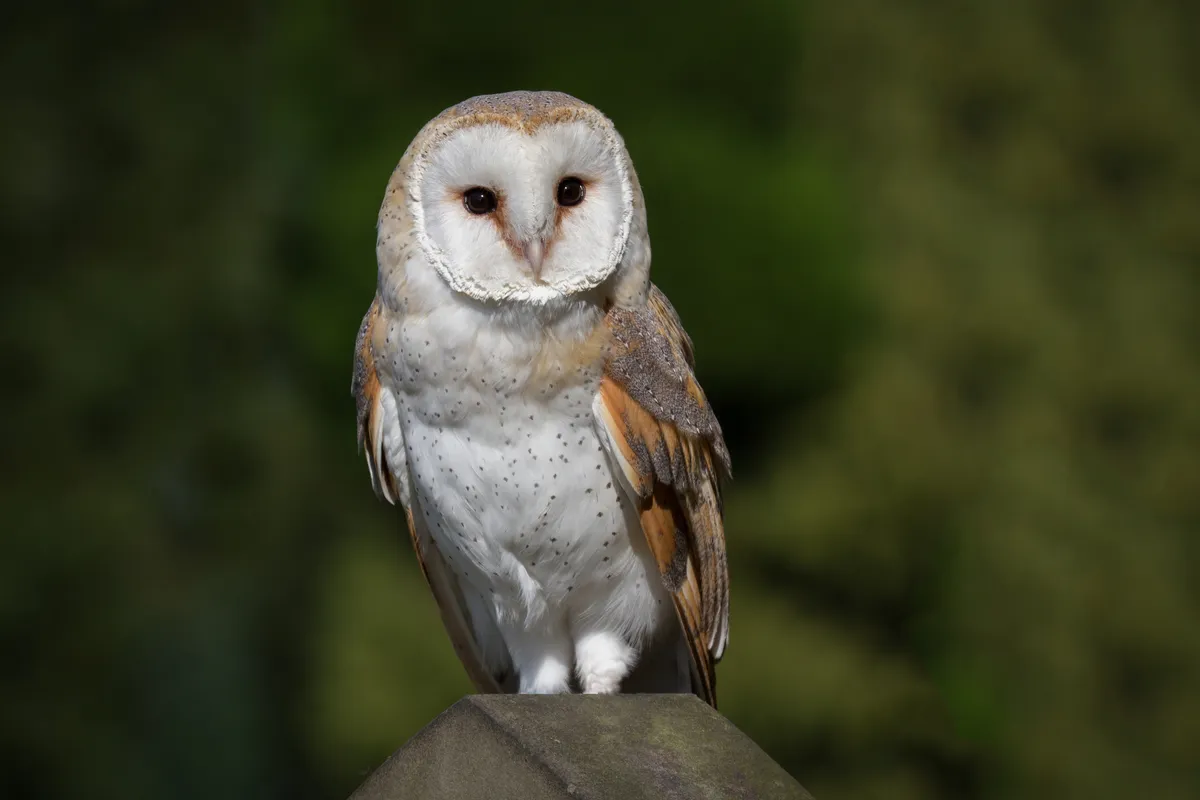There’s nothing quite like wandering through a meadow in late spring or summer, is there? When the grass is vivid with the bright colours of cheerful wildflowers, the butterflies career riotously about our knees, and the bees buzz on their blossom-hopping way, all seems at once right with the world.
Aside from being extremely pleasing to our senses, the nation’s meadows boast a long pedigree. They have been six millennia in the making and have aided in the evolution of numberless species. Today, they sustain a huge variety of plants that help form an ecosystem, supporting birds, invertebrates, mammals and fungi.
One of the most glorious and diverse examples of a British meadow can be found in a secluded fold in the west Dorset countryside. Managed by the Dorset Wildlife Trust (DWT), Kingcombe Meadows covers 189 hectares – that’s more than 250 football pitches – and spans the valley of the secretive River Hooke.
History of Kingcombe Meadows
The Trust has maintained the land as a working farm using the traditions of times past. This means that the greensward is grazed by sheep and cattle but is free from artificial fertilisers or pesticides. Accordingly, Kingcombe teems with meadow flowers, as would have been the norm on pastureland before the advent of modern farming techniques. As a bonus, the topography of the land has produced several different kinds of meadow.
The fields are divided by good, thick hedgerows and by sunken green lanes that for centuries resounded to the measured trundle of horse and cart. Meanwhile, a series of ponds, coppices and the River Hooke provide further habitats for all manner of wildlife. The result is a cornucopia of natural delights, particularly in spring and summer.

Wildlife at Kingcombe Meadows
In May, the beguiling hazel dormouse emerges from its five-month hibernation in Kingcombe’s hedges. Increasingly rare in England due to loss of habitat, the little rodent – whose body measures a trifling 8cm – tends to stay off the ground, dining on beech, hazel or chestnut. It’s also nocturnal, so your best chances of seeing one during the day are at dawn or dusk.
Down on the River Hooke, look for a damselfly aptly named beautiful demoiselle – on the wing between May and August. Females are green and brown while males have dark wings with striking metallic blue-green bodies.

As summer gets into full swing, the meadow flowers are visited by billows of butterflies, with meadow browns, ringlets and marbled whites to the fore.
Cast your eyes up above them and you might see yellowhammers and linnets. With his pink forehead and chest, the male linnet is a pleasingly recognisable finch. With a particular fondness for good stout hedging and a need for a plentiful supply of seeds all year round, Kingcombe makes an ideal home.
Kingcombe Meadows walk
2 miles/3.3km | 1.5 hours | easy
There are two waymarked circular walking routes through the reserve. June and July are the best months for flowers, the latter bringing a wealth of purple as knapweed and betony burst forth. Both routes start by the excellent visitor centre and café (kingcombe.org), beside which there’s an extensive outdoor ‘exploration area’ suitable for mobility scooters when ground conditions permit.
1. North of the river
The longer path – around a mile – takes visitors along the floor of the valley and across the Hooke, where neutral meadows and rush pasture are speckled with devil’s bit scabious and sneezewort.
2. Chalklands
Heading up through the reserve’s chalky hay meadows, the way is girded with cowslips, pyramidal orchids and bee orchids, before its return down the ancient Wessex Ridgeway.
3. Further afield
Back at the visitor centre, take the shorter path to climb Kingcombe’s southern slopes. This is acid grassland territory where you’ll find tormentil, heath spotted orchid and the curiously named corky-fruited water-dropwort.
There’s open access over much of the reserve for visitors who want to explore further. And if you fancy an even longer walk, you can carry on to the adjacent Powerstock Common. Also managed by the DWT, it offers partial access for off-road wheelchairs, a nature trail and, naturally, glorious meadows.
Kingcombe Meadows map
Kingcombe Meadows walking route and map

